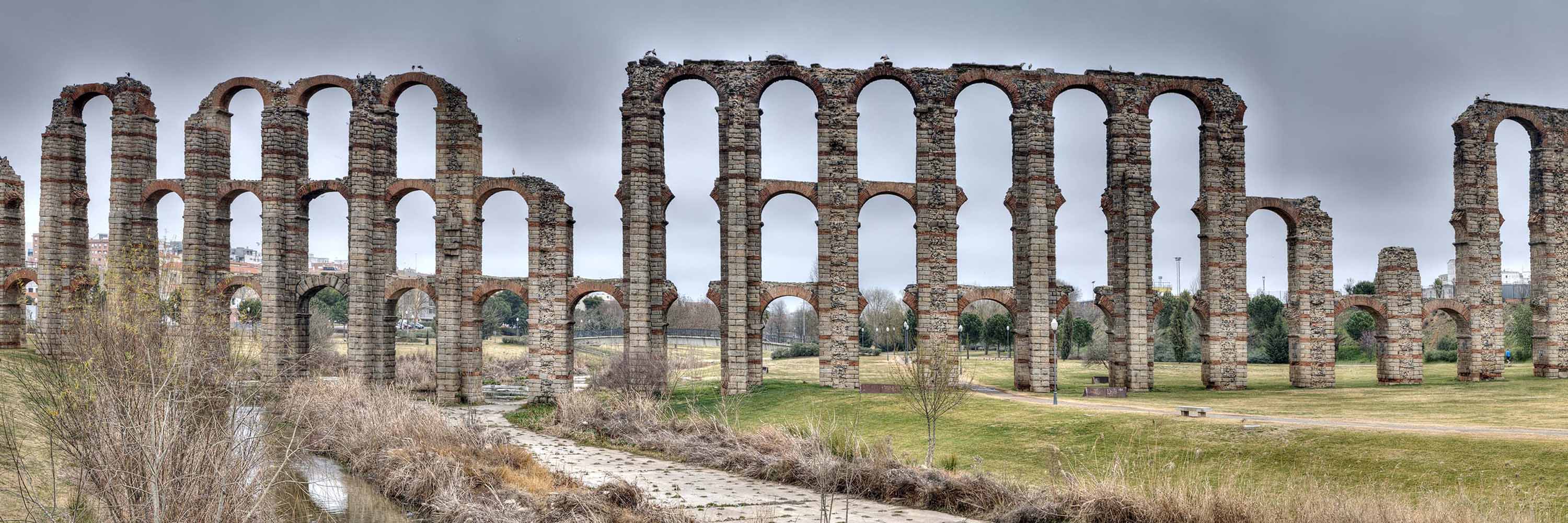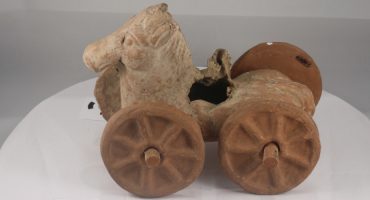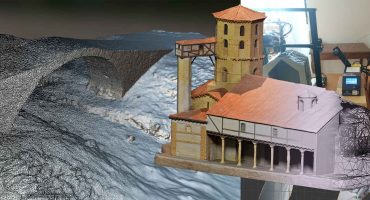CMPLab is the acronym for Data Capture, Virtual Modelling and Production/Prototyping Laboratory. This laboratory works on research areas related to the construction of 3D models of archaeological objects, very-high-resolution photography, geophysical prospecting and applications of geomatics to cultural heritage. This lab began operating in 2016. In this area, we have developed research projects related to 3D modelling of archaeological objects, tutoring final projects in bachelor’s and master’s degree programs, and publishing methodological and dissemination notebooks. Our physical headquarters are on the first floor of the research building of the University Centre of Mérida (University of Extremadura) in Spain.
The ancient Augusta Emerita (in present day, Mérida) was a Roman colony founded in 25 BC by the Roman emperor Augustus. The city was the capital of the Roman province of Lusitania and preserves some important Roman monuments such as the Roman theatre, the Arch of Trajan, the Aqueduct of the Miracles, and the Temple of Diana, among others. The archaeological ensemble of Mérida has been a UNESCO World Heritage Site since 1993.
The Roman archeological pieces and the 3D modeling projects
The Consortium of the Monumental, Historical-Artistic and Archaeological City of Mérida has the overall responsibility for the management of the Archaeological Ensemble of Mérida. During 2020, the Consortium, with the technical support of the CMPLab, offers to the public a virtual exhibition of 3D models of some artifacts found in the archaeological sites of Mérida.
With the title of “Deciphering objects”, the exhibition includes a portrait of the Emperor Augustus, founder of Augusta Emerita. This male portrait, made of white marble, which preserves the complete head except for the nose and part of the neck, was found in a rubbish dump more than 1200 square meters in extent, located in the center of the current city.
From the same collection, this piece was used as a water pump and dated in I-II century A.D. It is a small white marble head depicting a bearded Silenus with its characteristic pointed ears, crowned with a vegetal diadem. In Roman mythology, these lesser beings were associated with the court of the god Bacchus.
The CMPLab and the Institute of Archaeology of Mérida (Spanish National Research Council) work together in the project “Diáspora, Extremadura’s cultural heritage and identity in exile” whose main objective is to create a catalogue of those archaeological objects of Extremaduran origin which are now out of its geographical boundaries. The purpose is to create the biography of the objects complemented by high-definition photographs and 3D virtual models.
In this context, we created a 3D model of this funerary altar (50 cm high) carved in marble and dedicated by a freedwoman to her patron Silvanus. The original object is in the National Archaeological Museum of Madrid.
A similar example can be seen with this 3D model of a male portrait. The original object is the portrait of a mature man sculpted in marble with a height of 37 cm. It is dated to AD 100-120.
From the past to future and Sketchfab
Sketchfab offers us the possibility to replace the real object with an accurate 3D model (both from a metric and a texture point of view) preserving the original object and protecting it from damage. For example, this fragile glass bottle from the Roman period, originally from Mérida and deposited in the National Archaeological Museum of Madrid, benefits from the advantage of having suitable 3D models to represent the real world.
Our 3D models are created both with scanning and photogrammetric techniques and, in some cases, merging both methods.
In any case, Sketchfab gives us the opportunity to disseminate our 3D models and it fits perfectly into our workflow. The tools available to display the models effectively are some of the main strengths of the platform; they allow us to choose the best lighting and 3D setting to highlight and to share our works.




